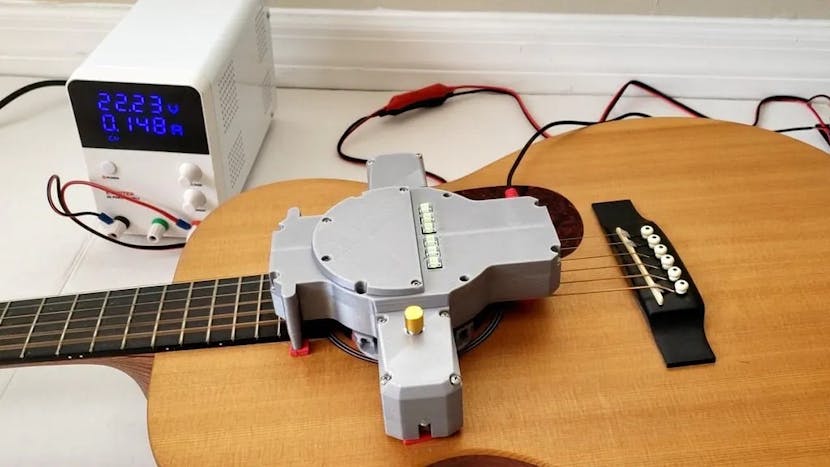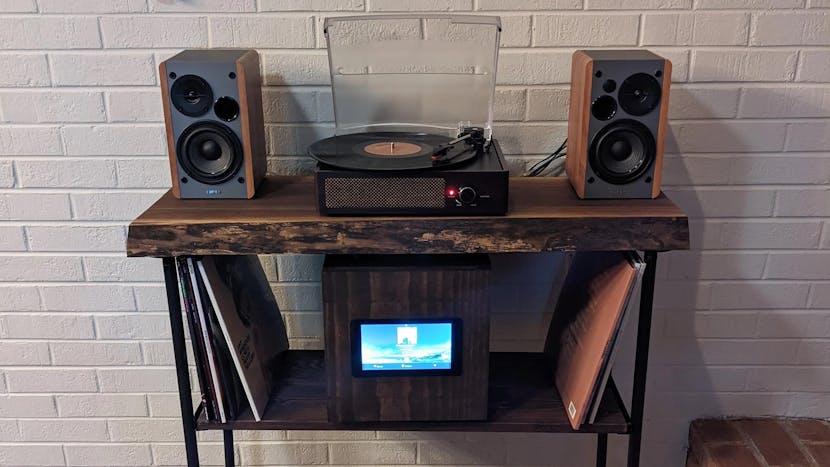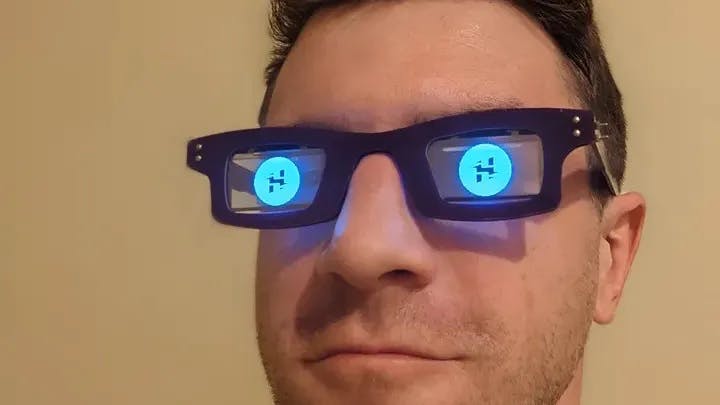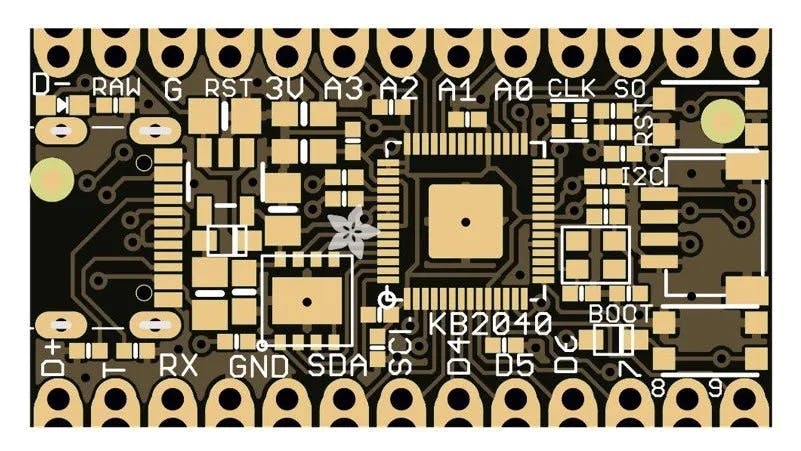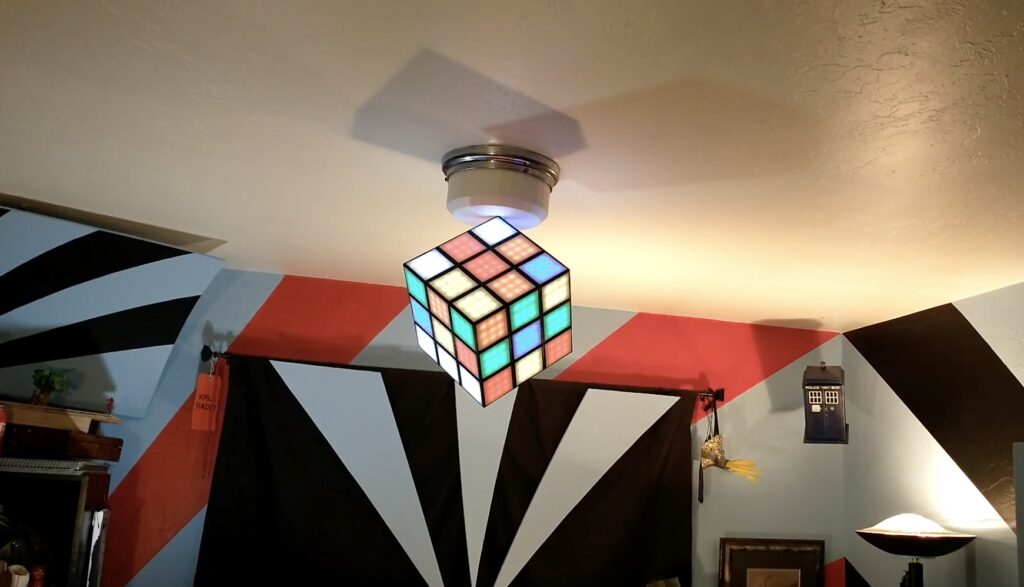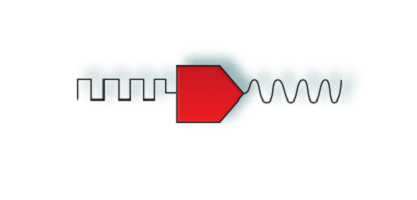Fortunately for aspiring folk rock stars that lack strumming skill, Jacob Stambaugh designed a DIY guitar AutoStrummer.
We all know that people who can play guitar are very cool, but it takes a lot of dedication to practice to actually get good at it. It’s easy enough to play power chords for some punk rock head banging, but learning all of the finger positions for the real chords requires perseverance. Strumming is usually considered the easy part of playing the guitar, because you just need to make sure you’re hitting the right strings. But even that can be tricky if the strumming pattern is complex. Fortunately for aspiring folk rock stars that lack strumming skill, Jacob Stambaugh designed a DIY guitar AutoStrummer.
